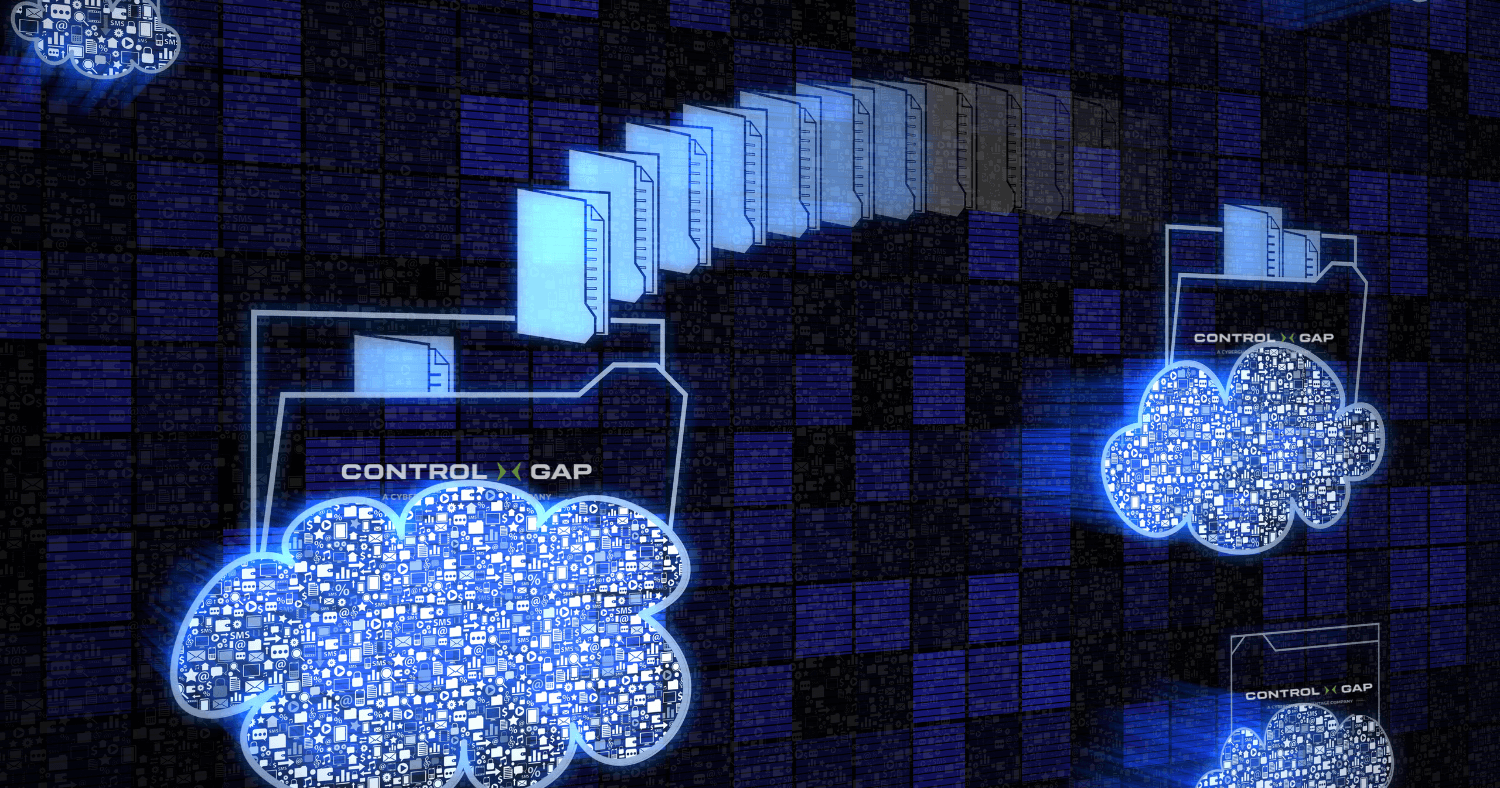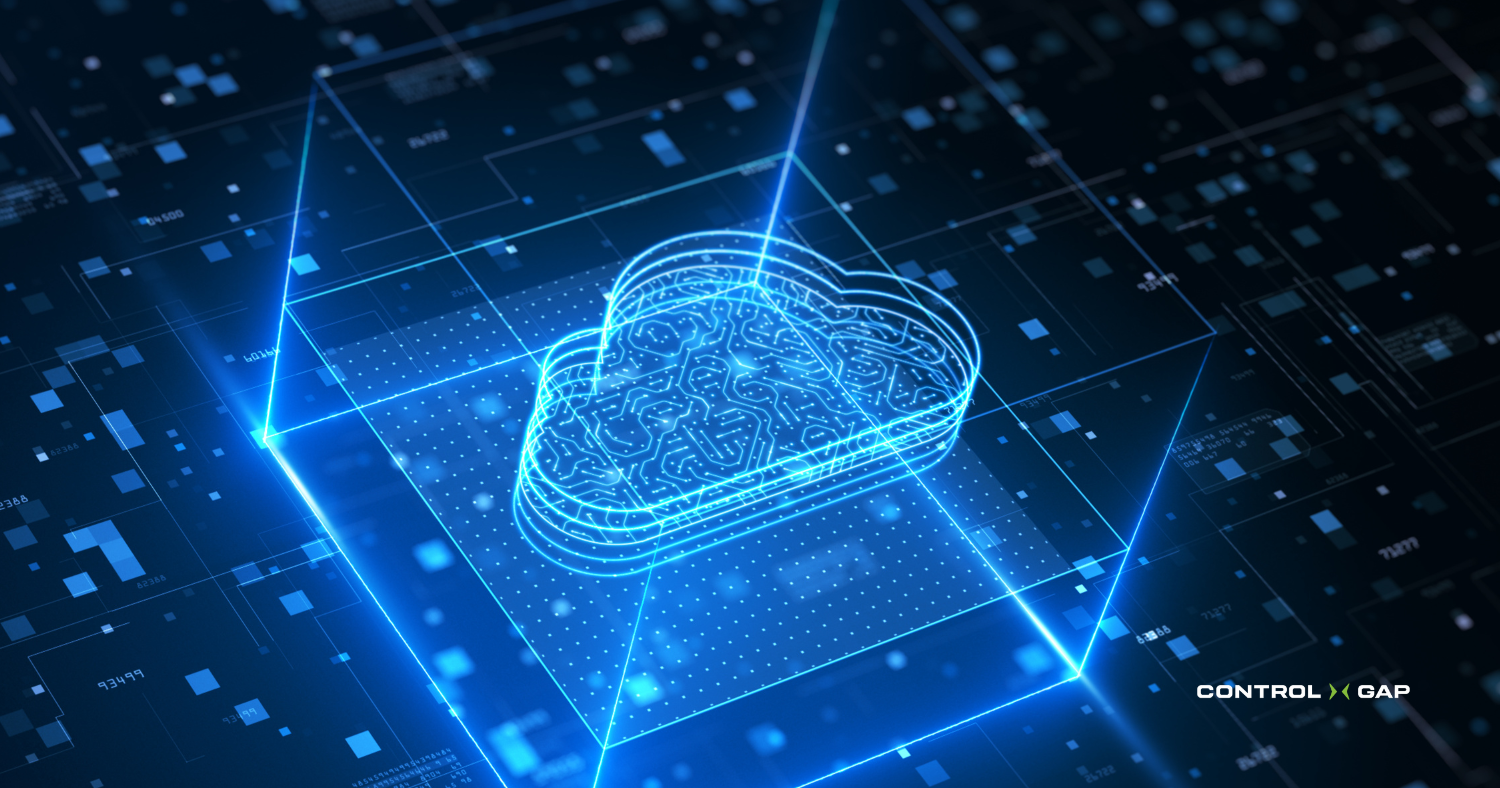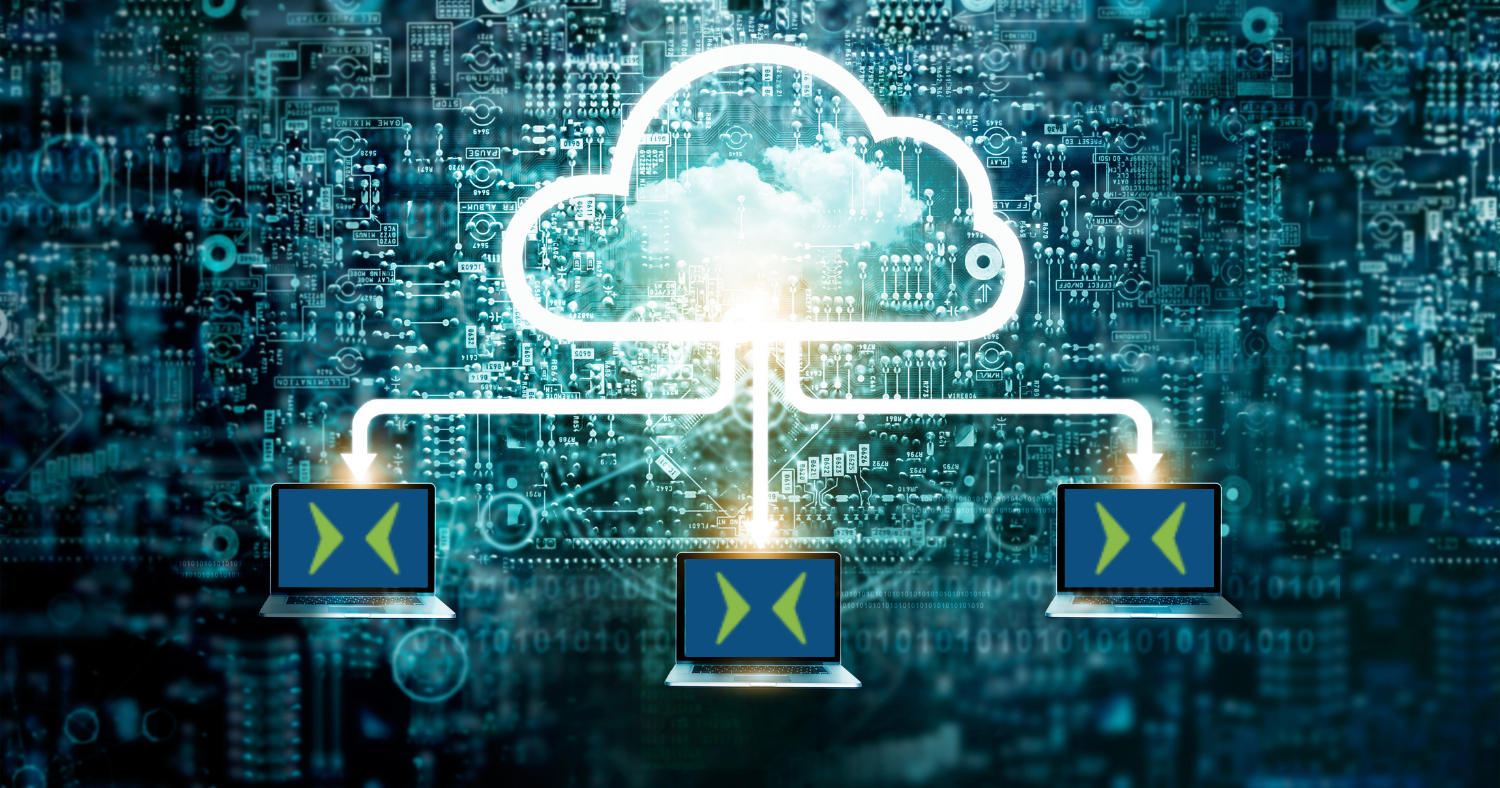Enhancing Cloud Application Security: OWASP 2024 Guide for Developers
The Open Worldwide Application Security Project (OWASP) is an essential resource for developers, particularly those working with cloud-based systems....
5 min read
 CG Blogger
:
Feb 12, 2025 7:00:00 AM
CG Blogger
:
Feb 12, 2025 7:00:00 AM

As organizations transition to the cloud, the question of security often becomes a concern. How you migrate your workloads—whether through a lift-and-shift approach or by adopting cloud-native architectures—directly impacts your security posture. Every method offers unique benefits, obstacles, and weaknesses, highlighting the importance of understanding their impact on your comprehensive security strategy.
In this article, we discuss the distinctions between cloud-native utilization and simply hosting your existing system on the cloud, examine their security implications, and provide insights into how businesses can mitigate risks to achieve strong cloud protection.
The lift-and-shift approach, or cloud-based rehosting, entails transferring applications and workloads from on-premises infrastructure to the cloud with minimal modifications. In this model, the cloud essentially functions as a virtual data center.
When migrating to the cloud using a lift-and-shift approach, existing on-premises security issues, such as misconfigured settings, outdated software, or weak access controls, are often carried over, increasing risks in the new environment. If left unaddressed, these vulnerabilities can expose cloud systems to unauthorized access or cyberattacks. To mitigate this, organizations should identify and fix security flaws before migration and adopt cloud-native tools for monitoring and enhancing security post-migration.
The lift-and-shift approach, while convenient for quickly migrating workloads to the cloud, often overlooks the robust security capabilities unique to cloud-native environments. Features like network security groups (NSGs) provide intuitive segmentation, enabling organizations to easily isolate resources and minimize attack surfaces. Similarly, cloud-based key vaults simplify the management and security of sensitive credentials, encryption keys, and certificates, which can be cumbersome to implement on-premises.
In addition, cloud-native IAM solutions offer advanced capabilities such as seamless integration with cloud services, dynamic scaling, and policy automation, making it easier to enforce least privilege access and manage permissions effectively. Without tailoring applications to fully integrate these tools, organizations miss opportunities to strengthen their security posture, leaving gaps that can be exploited.
To address life-and-shift limitations, businesses should reconfigure workloads post-migration to align with cloud-native security best practices and fully leverage the protective capabilities of their chosen cloud platform.
Many organizations mistakenly believe cloud providers handle all security, overlooking their own responsibilities for securing applications, data, and user access. While providers manage the infrastructure, clients must address issues like access controls, data encryption, and activity monitoring. Misunderstanding this shared responsibility can leave systems vulnerable to breaches, highlighting the need for clear role definitions and strong client-side security practices.
Cloud-native architectures fully leverage the features and capabilities of cloud environments. Applications are purpose-built or re-architected specifically for the cloud, utilizing microservices, serverless computing, and containerization (deploying software by packaging an application’s code and required files and libraries, to ensure compatibility across various platforms and infrastructures).
Cloud-native environments expand the attack surface by introducing new elements like APIs, serverless functions, and containerized workloads, each with its own potential vulnerabilities. APIs, while essential for communication between services, can be exploited if poorly secured. Serverless functions, designed for efficiency and scalability, may rely on security measures implemented within the application logic, leaving them vulnerable to flaws. Similarly, the applications invoking these serverless functions may introduce security risks, such as inadequate authentication or data validation.
Containerized workloads, on the other hand, can be targeted through misconfigurations or vulnerabilities in the container images themselves. These interconnected components, if not adequately secured and monitored, create additional entry points for attackers. This makes it crucial for organizations to adopt comprehensive security measures tailored to the unique risks of cloud-native architectures, such as securing APIs, implementing robust authentication, and regularly reviewing application security.
The flexibility of cloud-native solutions often blurs the lines in the shared responsibility model, making it difficult to distinguish between client and provider security roles. While providers secure the infrastructure, clients must handle tasks like data protection, access controls, and configuration. Misunderstanding these responsibilities can lead to vulnerabilities, highlighting the need for organizations to clearly define their security duties and adopt strong client-side practices.
Cloud-native environments demand higher expertise, as managing and securing these dynamic systems involves navigating complex technologies such as container orchestration, serverless computing, and API security. Unlike traditional IT setups, cloud-native solutions require a strong understanding of cloud-specific concepts like shared responsibility models, identity and access management (IAM), and infrastructure-as-code. Without the right skills, organizations may struggle to implement robust security measures, leaving them vulnerable to misconfigurations and sophisticated cyber threats.
This increased need for specialized knowledge underscores the importance of training internal teams, hiring skilled professionals, or partnering with experienced cloud security providers to ensure a well-protected and efficiently managed environment.
Organizations may overlook the need to adjust their security settings after migration. This can leave storage buckets, databases, or virtual machines vulnerable. For example, improperly configured permissions in a lift-and-shift setup could result in unauthorized access to confidential data.
Cloud-native systems have advanced security features, but their complexity, like managing microservices, protecting APIs, and setting up flexible resources, can lead to mistakes. These mistakes, such as open access points or too many permissions, can increase security risks.
Segmentation is key to keeping both lift-and-shift and cloud-native environments secure. Without proper segmentation, attackers could move between resources, like jumping from a loosely protected development area to a sensitive production system. Strong segmentation helps keep different parts of the cloud separate, reducing the damage if something goes wrong.
Many IAM systems still use outdated models that don’t fit well with modern cloud practices, leaving gaps in how users are authenticated and authorized.
Cloud-native systems prioritize IAM, but their reliance on identity systems also makes them a prime target for attackers; poorly implemented IAM policies can result in privilege escalation attacks.
Businesses mistakenly believe the cloud provider manages all aspects of their security, ignoring their part in protecting applications and data. This mistake can expose critical vulnerabilities if left unaddressed.
While businesses using cloud-native architectures tend to understand the shared responsibility model better, the added complexity of these systems can still create blind spots.
Scaling applications in a lift-and-shift environment often requires manual adjustments, which can delay responses to security incidents.
Cloud-native architectures excel in scalability, but monitoring these dynamic environments requires advanced tools to track changes and detect anomalies in real time.
Regardless of your approach, it’s essential to understand who handles what regarding security—your responsibilities versus your cloud providers’. For more information, providers like AWS, Azure, and Google Cloud offer detailed guidelines.
Testing is essential for identifying vulnerabilities in lift-and-shift migrations or cloud-native systems. Cloud penetration testing can help uncover misconfigurations, insecure APIs, or identity-related risks.
Use least privilege principles to minimize access risks. The principle of least privilege ensures that users, applications, and services have only the permissions they absolutely need to perform their tasks. In addition to this, regularly review and audit IAM policies for compliance and security gaps.
Educating your team is a critical step in maintaining a secure cloud environment. Investing in training ensures your staff understands the unique challenges and best practices for securing both types of setups. From recognizing inherited vulnerabilities in lift-and-shift migrations to leveraging advanced cloud-native security tools like automated monitoring and IAM, a well-trained team and a culture of cybersecurity can effectively address risks and strengthen your overall security posture.
Deciding between lift-and-shift and cloud-native setups before you migrate to the cloud can affect your cloud security. Lift-and-shift is faster and easier to implement, but it might bring old security flaws with it. Cloud-native systems make the most of the cloud but can be more complicated to manage. If you already fall into either of these categories it’s important to use best practices like strong access controls, regular security testing, and clear separation between systems can help protect your current cloud environment. Connect with the experts at Control Gap for a tailored cloud security solution and cloud penetration testing to uncover and address potential risks in your environment. Take proactive steps to ensure your cloud remains both secure and resilient.

The Open Worldwide Application Security Project (OWASP) is an essential resource for developers, particularly those working with cloud-based systems....

Security Standards (PCI DSS) are vital in establishing baseline security measures for financial industry professionals who face challenges...

Maintaining Payment Card Industry Data Security Standard (PCI DSS) compliance is becoming more difficult as businesses adopt modern network...